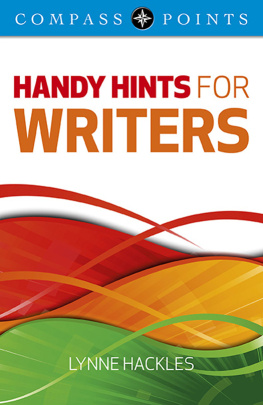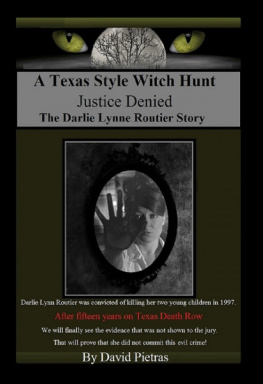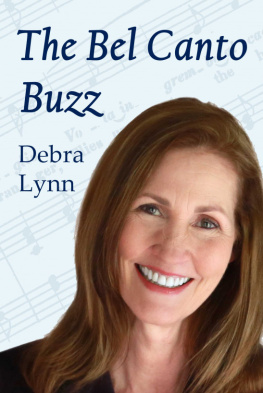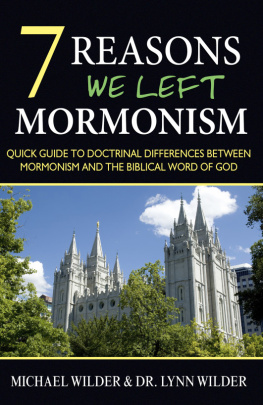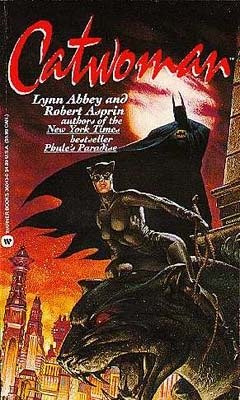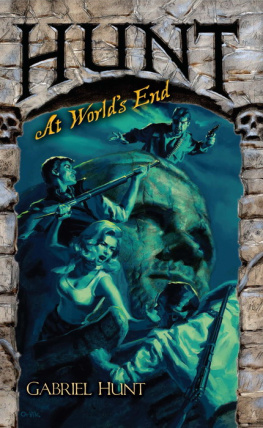Copyright 2010 by Lynn Hunt, Margaret Jacob, Wijnand Mijnhardt
All rights reserved
Printed in the United States of America
Library of Congress Cataloging-in-Publication Data
Hunt, Lynn Avery.
The book that changed Europe : Picart and Bernards Religious ceremonies of the world / Lynn Hunt, Margaret Jacob, Wijnand Mijnhardt.
p. cm.
Includes bibliographical references and index.
ISBN 978-0-674-04928-4 (alk. paper)
1. Crmonies et coutumes religieuses de tous les peuples du monde.
2. ReligionsEarly works to 1800. 3. Rites and ceremoniesEarly works to 1800.
4. Picart, Bernard, 16731733. 5. Bernard, Jean Frdric, d. 1752. I. Jacob, Margaret C., 1943 II. Mijnhardt, W. W., 1950 III. Title.
BL80.3.H86 2010
203.8dc22 2009048372
T HE BOOK came in seven weighty folio volumes with more than 3,000 pages and 250 plates of engravings covering all the religions known to Europeans in the early 1700s. It was called Crmonies et coutumes religieuses de tous les peuples du monde [Religious ceremonies and customs of all the peoples of the world; hereafter Religious Ceremonies of the World]. Published between 1723 and 1737, all its volumes bore the name of Bernard Picart, the most famous engraver of the eighteenth century after Hogarth, on whom Picart in fact had a direct influence. Religious Ceremonies of the World was published by Jean Frederic Bernard, who was also the unsung compiler, editor, and author of this pioneering work on the worlds religions. The volumes began with Judaism and Catholicism, moved on to the Americas and India, then to Asia and Africa, only to return to the familiar, to the many forms of Protestantism, before finally tackling Islam (see
Religious Ceremonies of the World marked a major turning point in European attitudes toward religious belief and hence the sacred. It sowed the radical idea that religions could be compared on equal terms, and therefore that all religions were equally worthy of respectand criticism. It turned belief in one unique, absolute, and God-given truth into
Ironically, however, the move to cast a profane or secular light onto every form of worship, everywhere, had sacred and theologically inspired antecedents. Obsessed with Catholic practices they considered idolatrous, devout Protestant scholars of the seventeenth century had sought the ammunition of analogy in Jewish and New World idolatries. They delighted in showing that Catholic practices such as the veneration of images of saints, displays of relics from saints bodies, and the cult of the Virgin Mary had idolatrous counterparts in other times and places.
These pious examinations of non-Christian idolatry generally served the theological polemics of the age. Still, as John Calvin and his followers believed, backsliding into idolatry threatened Protestants, too. Even as devout Protestants scrutinized the nature of idolatry so as to protect themselves better from its allure, their labors inspired some to take a further, more dangerous step: if the origin of idolatry could be traced to the quotidian imagination of the human brain, might not the notion of the sacred itself and its many manifestations be so linked? By the late seventeenth century dutiful Protestant antiquarians, like the English clergyman John Spencer, had come to see idolatry not simply as imaginary but as functional, as securing benefits from, or appeasing, the gods. Some deists then went further and embraced the impious notion that religion itself concerned not the eternally and verifiably sacred, not absolute truth versus error, but rather specific customs, practices, belief systems, and values. In other words, culture and social organization determined the boundary between the profane and the sacred, between matters concerning this world and those relegated to the supernatural place reserved for the gods or God. The stakes of studying the religious ceremonies by which peoples constituted and elevated the sacred were
The endeavor had commercial motivations, too. Bernard aimed to capitalize on recent innovations in the book trade, raising money, for example, by advertising to potential subscribers in newspapers. He integrated a scrupulously footnoted text, far from routine at the time, with a huge number of engravings worthy of a fine art collection. By doing so, the publisher-turned-author essentially created a new genre that broke the confines of encyclopedias, dictionaries, or collections of engravings. The gamble paid off. Celebrated in its time, the work was immediately translated into Dutch, then English and German, and reprinted, plagiarized, and pirated in multiple editions and languages for generations afterward (see ).
Yet twentieth-century scholars largely neglected Religious Ceremonies of the World. Given Bernards innovations in publishing, his undeniable originality as a thinker and as an author, and Picarts fame, why is their great work so often overlooked? The lack of attention follows from some longstanding assumptions about who authored the European Enlightenment (usually Montesquieu, Voltaire, Rousseau, Smith, Hume, Kant, and the like). In this respect, studies of the Enlightenment would benefit from a consideration of recent works on the other great intellectual and cultural movement of the early modern period, the Scientific Revolution. As these works have shown, advances in the world of learning cannot be uniquely attributed to a small elite of intellectuals and scholars whose ideas then slowly percolate from the top to the bottom of the social pyramid. Discovery, whether in science, naval exploration, or humanistic investigation, required (as it still requires) an enormous army of personnel, not only astronomers, mathematicians, ship captains, or scholars, for example, but also instrument makers and apothecaries, merchants and traders, sailors and artisans, engravers, publishers, and printers. Just as important, these contributors to new learning traveled or corresponded, often crossing national boundaries as they went along. But Anglo-American, German, and French scholars writing under the spell of national history often lost track of those who crossed borders. When Bernard and Picart fled from France to the Dutch Republic to seek religious and intellectual freedom, they made, as it were, an inadvertent but momentous historical mistake. They left one of the great
Religious Ceremonies of the World fits perfectly into this new vision of the artisanal and cosmopolitan circulation of knowledge. Bernard was neither a professional scholar nor an intellectual attempting to live exclusively from his pen. He was a highly educated artisan without a formal higher education. He apprenticed at a young age in the publishing trade. He was also intensely engaged in that other emerging enterprise of the period: the study of humankind, society, and religion, inspired by the discoveries of new peoples and new religions. The work of artisans like Picart and Bernard in creating the Enlightenment has fallen victim to the same myopia that has eliminated the artisan from the emergence of the natural sciences.
The comparison to the Scientific Revolution is particularly salient because Bernard and Picart eagerly followed the new science. Bernard helped foster the ongoing disintegration of the Aristotelian world picture, taking as his lodestars Francis Bacon and especially Ren Descartes. Picart used microscopes to better depict precious gems and did a number of engravings on scientific themes. As first articulated by Descartes, Hobbes, and Newton in the seventeenth century, two principles remain central to modern science: the uniformity and regularity of nature. They were crucial to Bernards and Picarts reconstruction of the development of the religions of the world. They made it possible for the two men to postulate a universal human nature as the root of religiosity. One of the leading Newtonians of the early eighteenth century, Willem Jacob sGravesande, it should be noted, belonged to the circle around Bernard Picart and his close friend and fellow French refugee Prosper Marchand. Indeed, during the second decade of the eighteenth century a French-language journal that Marchand coedited with sGravesande served as an early forum for the dissemination of Newtons science onto the Continent.


